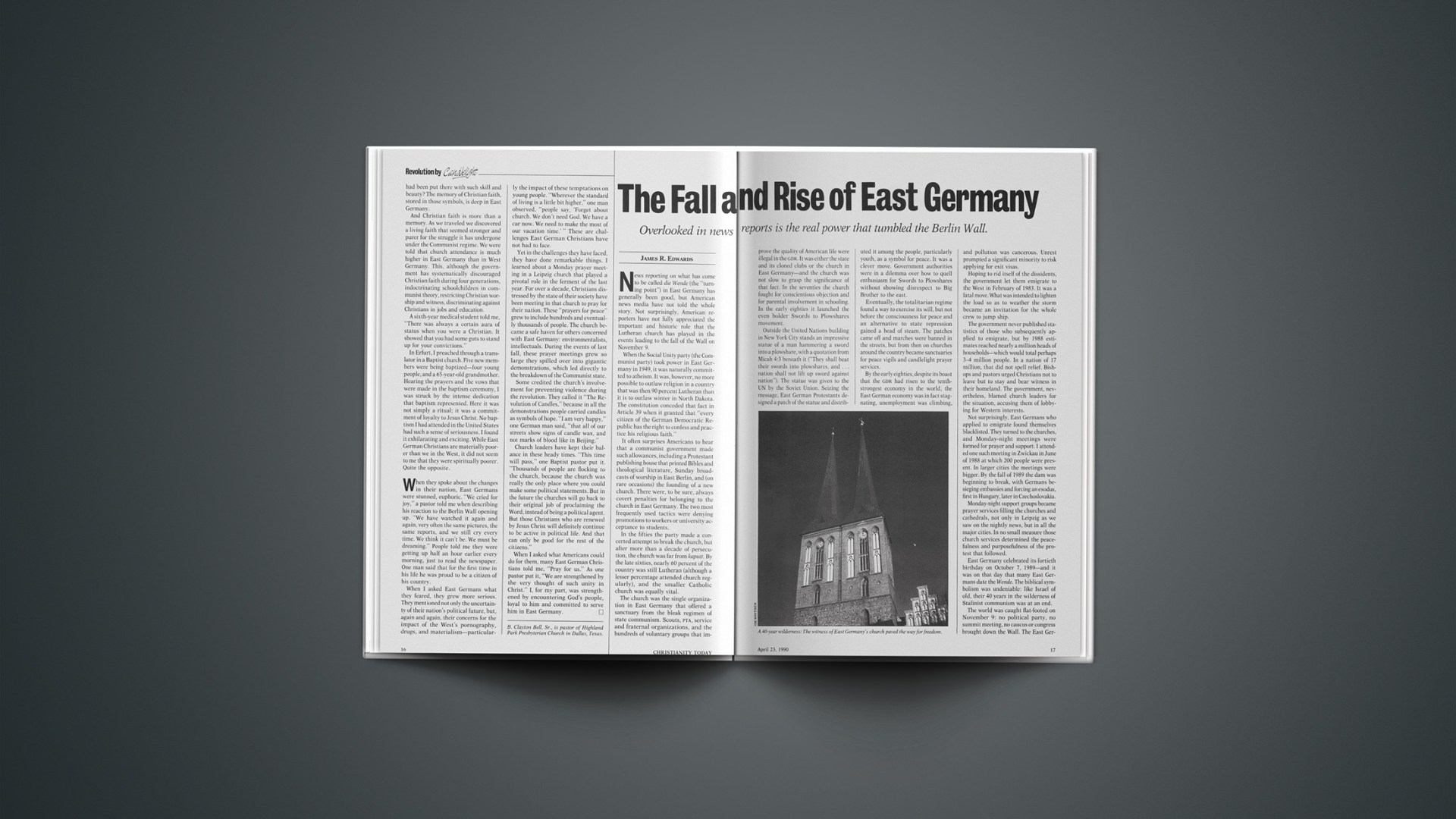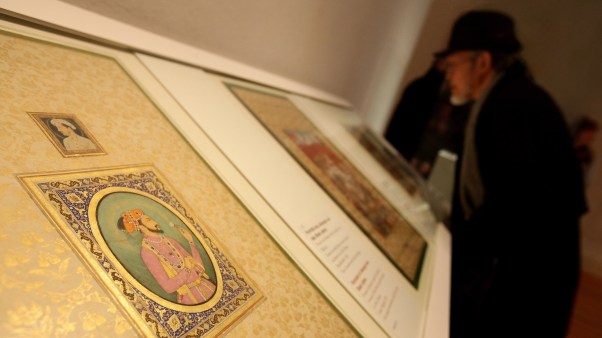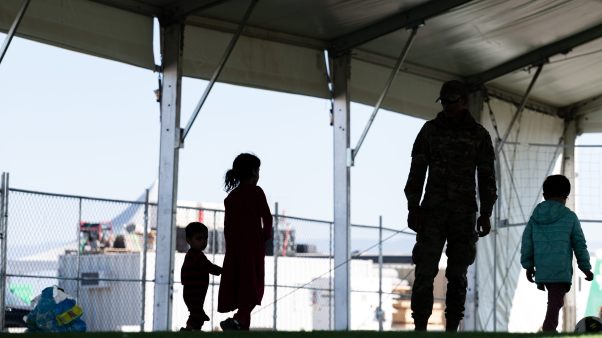Overlooked in news reports is the real power that tumbled the Berlin Wall.
News reporting on what has come to be called die Wende (the “turning point”) in East Germany has generally been good, but American news media have not told the whole story. Not surprisingly, American reporters have not fully appreciated the important and historic role that the Lutheran church has played in the events leading to the fall of the Wall on November 9.
When the Social Unity party (the Communist party) took power in East Germany in 1949, it was naturally committed to atheism. It was, however, no more possible to outlaw religion in a country that was then 90 percent Lutheran than it is to outlaw winter in North Dakota. The constitution conceded that fact in Article 39 when it granted that “every citizen of the German Democratic Republic has the right to confess and practice his religious faith.”
It often surprises Americans to hear that a communist government made such allowances, including a Protestant publishing house that printed Bibles and theological literature, Sunday broadcasts of worship in East Berlin, and (on rare occasions) the founding of a new church. There were, to be sure, always covert penalties for belonging to the church in East Germany. The two most frequently used tactics were denying promotions to workers or university acceptance to students.
In the fifties the party made a concerted attempt to break the church, but after more than a decade of persecution, the church was far from kaputt. By the late sixties, nearly 60 percent of the country was still Lutheran (although a lesser percentage attended church regularly), and the smaller Catholic church was equally vital.
The church was the single organization in East Germany that offered a sanctuary from the bleak regimen of state communism. Scouts, PTA, service and fraternal organizations, and the hundreds of voluntary groups that improve the quality of American life were illegal in the GDR. It was either the state and its cloned clubs or the church in East Germany—and the church was not slow to grasp the significance of that fact. In the seventies the church fought for conscientious objection and for parental involvement in schooling. In the early eighties it launched the even bolder Swords to Plowshares movement.
Outside the United Nations building in New York City stands an impressive statue of a man hammering a sword into a plowshare, with a quotation from Micah 4:3 beneath it (“They shall beat their swords into plowshares, and … nation shall not lift up sword against nation”). The statue was given to the UN by the Soviet Union. Seizing the message, East German Protestants designed a patch of the statue and distributed it among the people, particularly youth, as a symbol for peace. It was a clever move. Government authorities were in a dilemma over how to quell enthusiasm for Swords to Plowshares without showing disrespect to Big Brother to the east.
Eventually, the totalitarian regime found a way to exercise its will, but not before the consciousness for peace and an alternative to state repression gained a head of steam. The patches came off and marches were banned in the streets, but from then on churches around the country became sanctuaries for peace vigils and candlelight prayer services.
By the early eighties, despite its boast that the GDR had risen to the tenth-strongest economy in the world, the East German economy was in fact stagnating, unemployment was climbing, and pollution was cancerous. Unrest prompted a significant minority to risk applying for exit visas.
Hoping to rid itself of the dissidents, the government let them emigrate to the West in February of 1983. It was a fatal move. What was intended to lighten the load so as to weather the storm became an invitation for the whole crew to jump ship.
The government never published statistics of those who subsequently applied to emigrate, but by 1988 estimates reached nearly a million heads of households—which would total perhaps 3–1 million people. In a nation of 17 million, that did not spell relief. Bishops and pastors urged Christians not to leave but to stay and bear witness in their homeland. The government, nevertheless, blamed church leaders for the situation, accusing them of lobbying for Western interests.
Not surprisingly, East Germans who applied to emigrate found themselves blacklisted. They turned to the churches, and Monday-night meetings were formed for prayer and support. I attended one such meeting in Zwickau in June of 1988 at which 200 people were present. In larger cities the meetings were bigger. By the fall of 1989 the dam was beginning to break, with Germans besieging embassies and forcing an exodus, first in Hungary, later in Czechoslovakia.
Monday-night support groups became prayer services filling the churches and cathedrals, not only in Leipzig as we saw on the nightly news, but in all the major cities. In no small measure those church services determined the peacefulness and purposefulness of the protest that followed.
East Germany celebrated its fortieth birthday on October 7, 1989—and it was on that day that many East Germans date the Wende. The biblical symbolism was undeniable: like Israel of old, their 40 years in the wilderness of Stalinist communism was at an end.
The world was caught flat-footed on November 9: no political party, no summit meeting, no caucus or congress brought down the Wall. The East German people brought it down by a popular outpouring. That is a remarkable fact when you consider the role that obedience has historically played in German politics and when you consider that the last (and only) time East Germans had a semblance of democracy was during the Weimar Republic of the 1920s—a republic that resulted in anarchy and plunged the nation into the Nazi catastrophe.
In Gotha, a pastor averted an angry crowd from storming the mayor’s office; marchers in Plauen braved armed police and a helicopter gunship overhead to demonstrate for freedom. Most remarkable of all, a shamed and dying autocrat had to find hospice in his own homeland from the very organization he sought to destroy. Today Erich Honecker is living out his days in the home of a Lutheran pastor. What might the Wende have looked like without the influence of the church?
What happened in East Germany should remind us that people who believe in an idea are still the most powerful source, humanly speaking, in history. November 9 is an indomitable testimony that the way things are is not the way they must always be. Just 18 months before, I had stood at Potsdamerplatz in West Berlin overlooking the Wall and thought to myself, This Wall will still be here when my grandson reaches my age. That was assuredly a sinful thought, for I was denying that God is the Lord of history. When we are tempted to think that our nagging sins or dead congregations or bad marriages or the plight of the poor and homeless can never change, let us remember East Germany. “All the nations are as nothing before him.… [He] brings princes to naught, and makes the rulers of the earth as nothing” (Isa. 40:17, 23).










